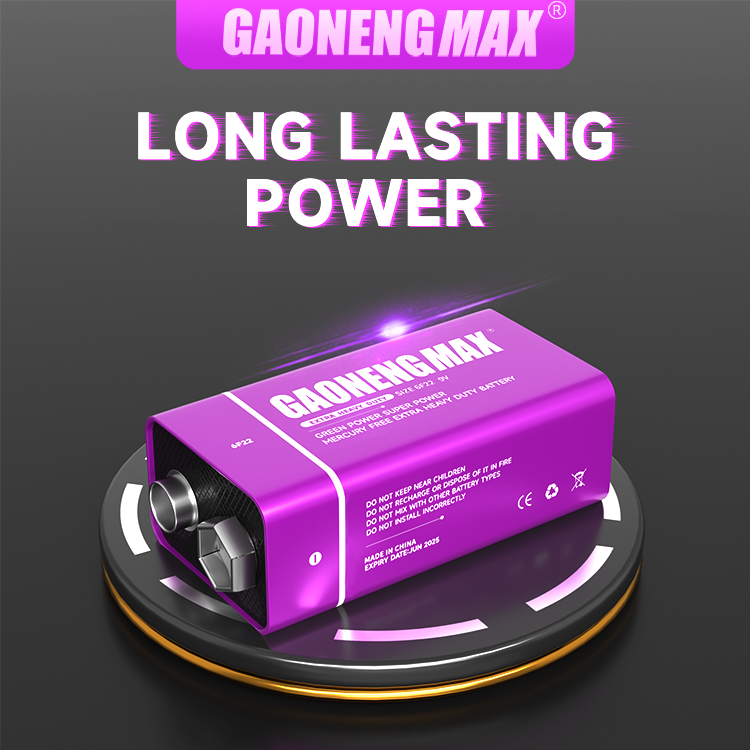

German engineers have developed new sensor technology that could reduce the weight and cost of lithium-ion batteries for electric vehicles and other types of batteries. Philipp Dost is part of a research team in Power System Technology and Power Mechatronics at Ruhr University that has developed a new concept for monitoring electrical power.
German engineers have developed new sensor technology that could reduce the weight and cost of lithium-ion batteries for electric cars and other types of batteries.
Philippe Dost is part of the research team Power System Technology and Power Mechatronics at Ruhr University, which has developed a new concept for monitoring battery current and voltage that can reduce the technical burden on batteries, as well as add New features.
Typically, electric vehicle batteries consist of a single cell that can contain up to 12 cells, each monitored by its own voltage sensor. Sensors are important for monitoring lithium-ion batteries, which can ignite if they overheat or are overworked.
In a typical electric car battery, there is a current sensor and multiple voltage sensors to do the job, and the sensors are a considerable weight and cost driver.
Low temperature lithium iron phosphate battery 3.2V 20A -20℃ charging, -40℃ 3C discharge capacity ≥70%
Charging temperature: -20~45℃ -Discharge temperature: -40~+55℃ -40℃ Support maximum discharge rate: 3C -40℃ 3C discharge capacity retention rate ≥70%
To reduce weight, Doster and his colleagues came up with a way to reduce the number of sensors previously required to monitor current and voltage in an electric car battery to just one, regardless of how many cells the battery has.
The researchers say the sensor system they developed can be extended to batteries with different cell counts. It can also be applied to other battery types such as tablets or laptops, cordless power tools, uninterruptible power supply systems and solar energy storage systems to reduce their weight and cost and increase the battery's service life.
Next, Ruhr-University engineers will continue to work on improving the technology, evaluating their prototypes more closely and replacing individual components to meet the requirements of the automotive industry.

Popular recommendation
button battery 2025.10 major research progresses in ternary materials for lithium-ion batteries
2023-10-0818650 lithium ion battery.What are the differences between polymer lithium batteries and 18650 lithi
2023-10-13602030 polymer battery.Nickel-metal hydride lithium battery technology and repair methods
2023-10-08LR621 battery.Introduction to the production process of 18650 lithium-ion battery pack
2023-10-12601525 lipo battery.The United States develops a new type of button battery that will not harm the b
2023-10-09What should I pay attention to when using lithium battery in RV
2022-11-04Lithium battery development
2022-11-15802540 lipo battery.Cylindrical lithium battery 21700 from a technical perspective
2023-10-09Model comparison table of button battery
2022-06-1848v 10kwh energy storage solar system.Brief analysis of dynamic charging technology of electric vehi
2023-10-08LR03 battery!Can BYD's hybrid technology rival Toyota's?
2023-10-08AG8 battery.18650 lithium ion battery winding process precautions
2023-10-09